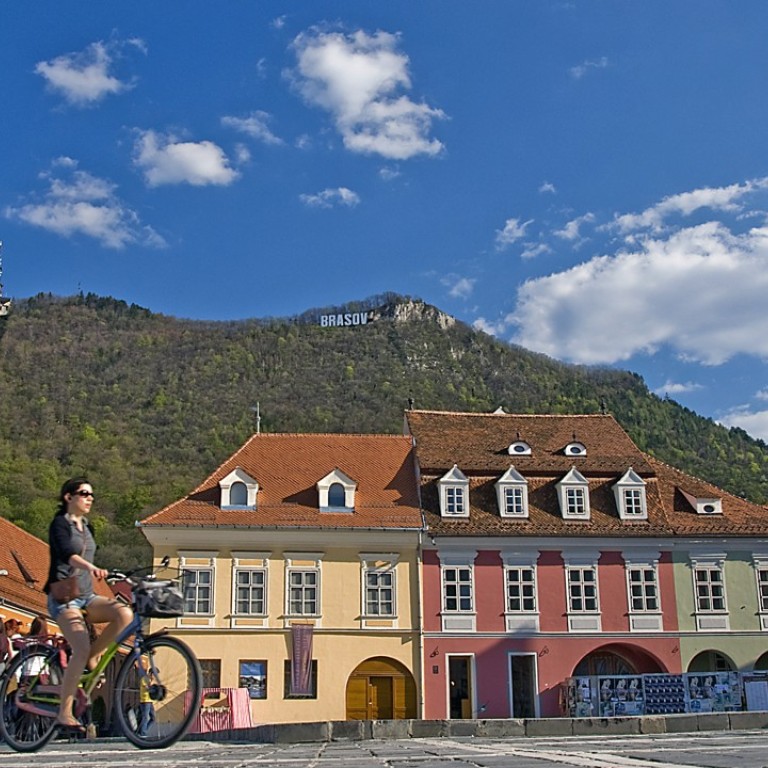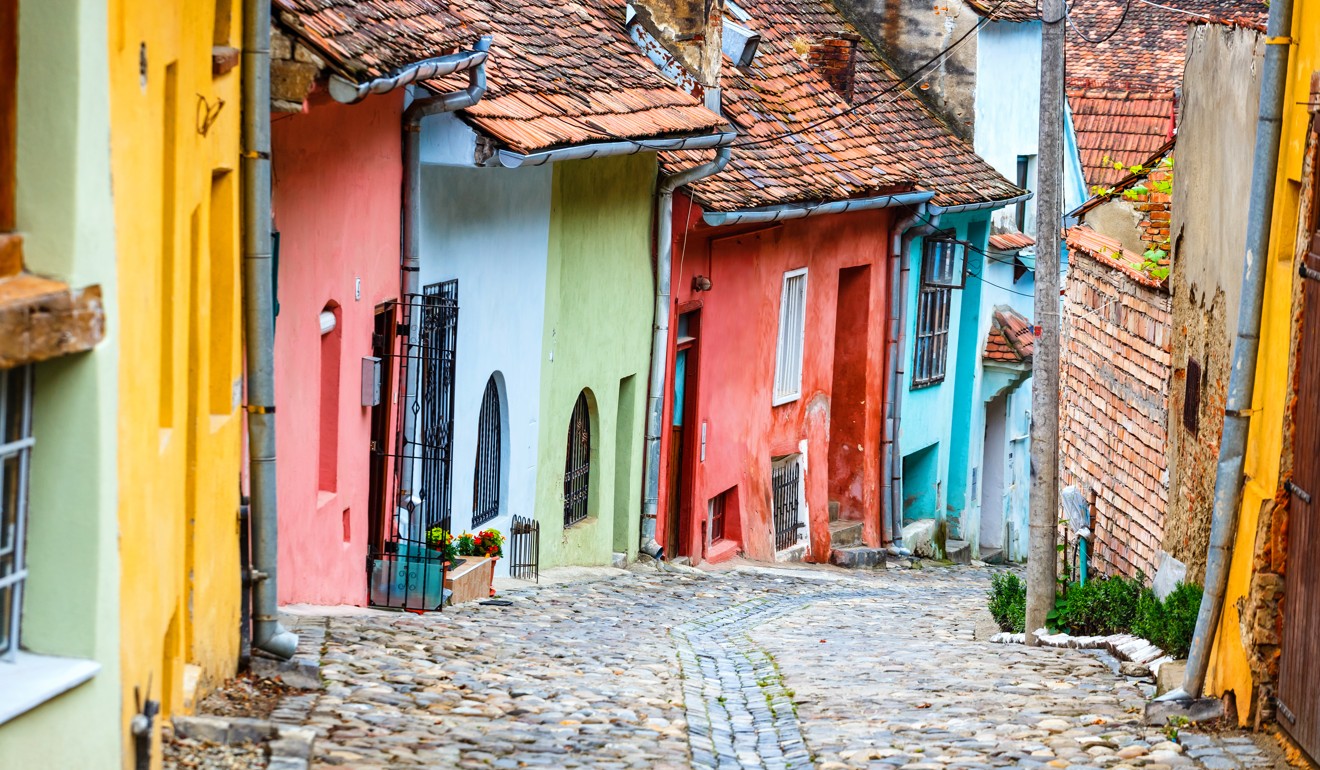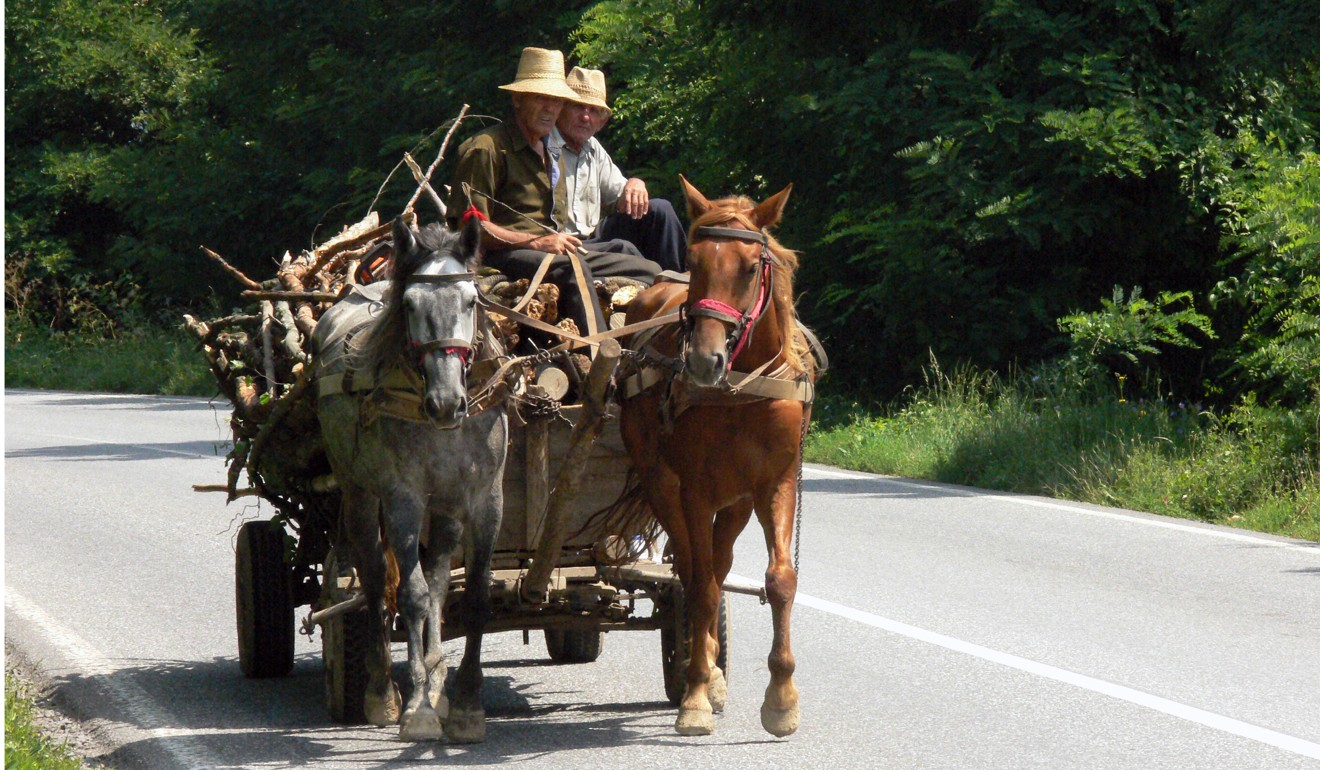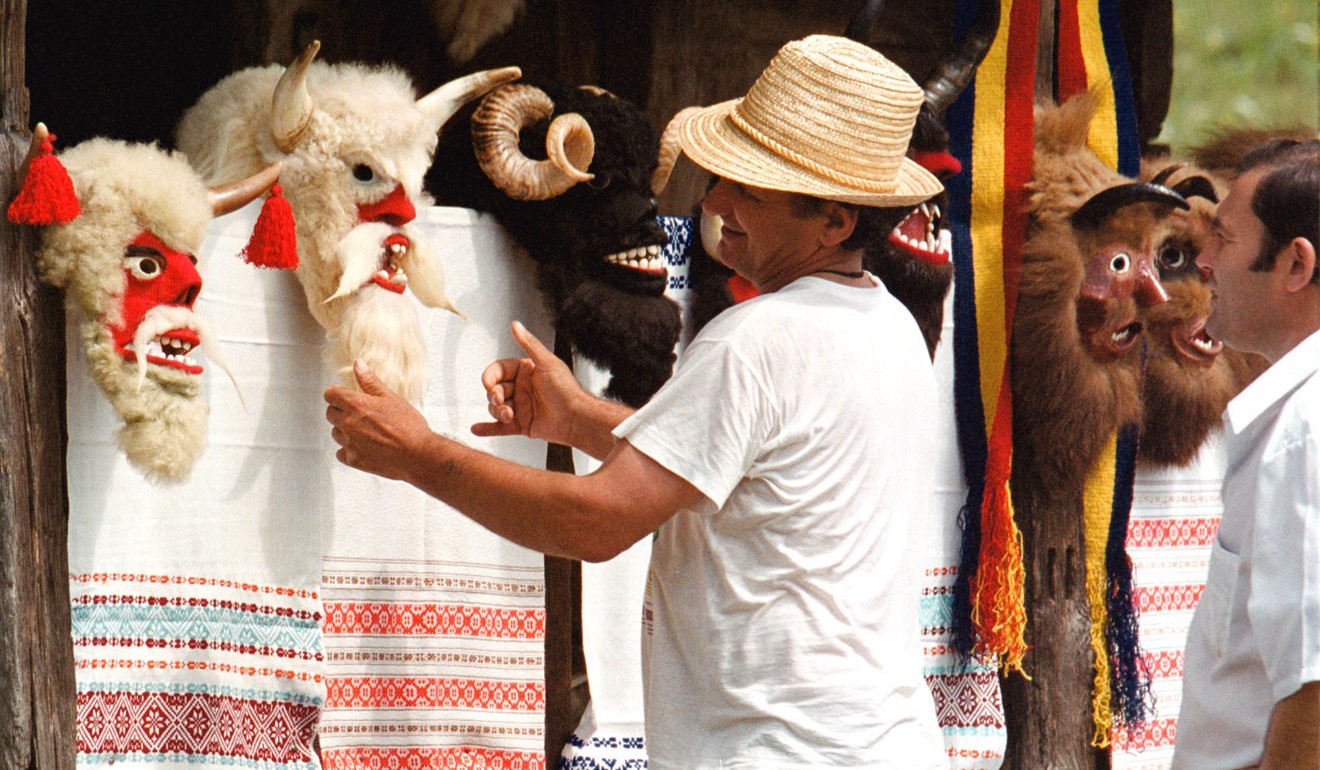
Travel in Transylvania, Romania: the good, the bad and the ugly
A favourite haunt of Britain’s Prince Charles, the region is a myth-filled medieval marvel, but Dracula-based tourism trade can be a far-fetched pain in the neck
The good
When someone as well travelled as Prince Charles raves about a place, it’s worth paying attention. The British royal first visited Transylvania in 1998 and has been returning on private visits ever since. He even owns a portfolio of rural heritage properties in the Romanian region where the emphasis is on conservation and sustainability. In fact, the Prince of Wales was back only this month, to give a marketing pep talk to jam and honey producers in the farming village of Viscri.
The British queen’s son isn’t the only prince with a stake in Transylvania, however. Vlad III is believed to be the inspiration for Bram Stoker’s 1897 novel, Dracula. The 15th-century Prince of Wallachia had a taste for eye-gouging, amputation, scalping and skinning. He also hammered nails into the heads of his unfortunate foes and left their corpses to rot, earning the nickname Vlad the Impaler. These days, bloodthirsty tourists can’t get enough of the turrets and towers of Bran Castle, an imposing fortress that fits Stoker’s “high above a valley perched on a rock with a flowing river below” description of Dracula’s castle.
The spooky monument is the most popular (and profitable) tourist attraction in Romania but there’s more to Transylvania than the presumed property of a nocturnal neck nibbler, not least the time-warp triangle of Brasov, Sighisoara and Sibiu.
Hemmed in by the rugged, untamed Carpathian Mountains, Brasov is a collision of baroque, gothic and renaissance architecture. The half-timbered merchant houses, chunky fortified walls and winding cobbled streets are more Brothers Grimm than Balkan. The Black Church is the largest gothic structure between Vienna and Istanbul and derives its name from damage caused when a 17th-century fire charred the interior. A huge Hollywood-style “BRASOV” sign atop Mount Tampa reminds visitors where they are, which comes in handy after a few glasses of tuica, the heady Romanian plum brandy. Take the funicular up for the obligatory birdseye photo then afterwards, choose one of the many cafes on the main Council Square, order a coffee and plot the next leg of the triangle.

Ethnic German settlers known as Transylvanian Saxons built the town of Sighisoara (“siggy shwa rah”) in the 12th century and little has changed since. Recognised as a World Heritage Site by Unesco, the fortified medieval centre is one of the best-preserved in Europe and is small enough to explore on foot in a couple of hours. For an aerial close-up of the pastel-coloured properties, clamber up to the wooden observation balcony at the top of the Clock Tower. Back at street level, a plaque on a bright yellow house marks where torturer-in-chief Vlad III was born, in 1431.
It’s difficult to imagine how the final corner of the Transylvania triangle could match Sighisoara for adorable fairy-tale charm but Sibiu rises to the challenge. Once listed by Forbes magazine as one of Europe’s 10 most idyllic places to live, it was also selected as European Capital of Culture in 2007, the same year Romania joined the European Union. Nicknamed the City with Eyes, due to the unusual shape of its attic windows, Sibiu is situated on two levels – a wealthier upper town and a lower residential neighbourhood. The two are connected by the cast-iron Bridge of Lies, which, according to legend, shakes and sways if someone tells a fib while walking across. This made it a popular venue for lovers declaring eternal fidelity and a primitive polygraph for catching out dishonest traders at the nearby market.
The bad

A unique problem faced by the regional tourist office is that many people don’t realise that Dracula’s homeland is a real place. A number of travel articles and online discussions begin along the lines of “You might be surprised to learn that Transylvania actually exists”. This could explain why Romania is one of the least visited countries in the European Union, along with the likes of Slovakia, Latvia and Luxembourg.
Smitten though he may be with Transylvania’s timeless way of life, Prince Charles doesn’t have to live here. The region is described as “the last truly medieval landscape in Europe”, but one (wealthy) man’s bucolic holiday heaven is another’s back-breaking torment. The brutal regime of Nicolae Ceausescu (1965-89) led to decades of economic stagnation – horses and carts still outnumber motorised vehicles in many poorer areas. So if the opportunity to escape grinding poverty presents itself, locals don’t need asking twice. When Transylvanian Saxons were offered the chance to relocate to West Germany after the collapse of communism in 1989, half a million, or 90 per cent of the German-speaking population, upped sticks and headed north within a matter of months.
While tourists on fleeting visits are unlikely to experience rural Romanian hardship first hand, there are other hazards. The country has Europe’s largest population of brown bears and there have been incidences of locals and tourists being mauled, sometimes to death, in wooded areas around Brasov and Sibiu. After riding up Mount Tampa on the funicular, hikers frequently get the jitters and abandon plans to hike back down, even though the risk of an attack is low. A bear hunting ban is currently in force, which some say has led to an increase in numbers, with the furry omnivores now a common sight in villages and towns. Beleaguered villagers have resorted to laying down honey laced with poison – the ultimate “honey trap” – in a bid to make their streets safer.
The ugly

Transylvania will forever be synonymous with Dracula but few people realise Bram Stoker never visited Romania. Nor is there any evidence Vlad the Impaler ever set foot in Bran Castle, much less actually lived in it. Still, there’s no point in letting historical accuracy get in the way of a lucrative merchandising opportunity.
Bran village has become a Disneyland for goths – souvenir shops flog fake fangs, cloaks and “vampires are a pain in the neck” T-shirts. Touristy restaurants offer “stake” and chips, washed down with a Bloody Mary.
There’s more kitsch on sale in Sighisoara, birthplace of Mad Vlad. Street performers dressed as the creepy count give young children the fright of their lives but, on the plus side, if it’s a Dracula fridge magnet you’re after, few places in the world boast a better selection. I wonder if Prince Charles has one.

